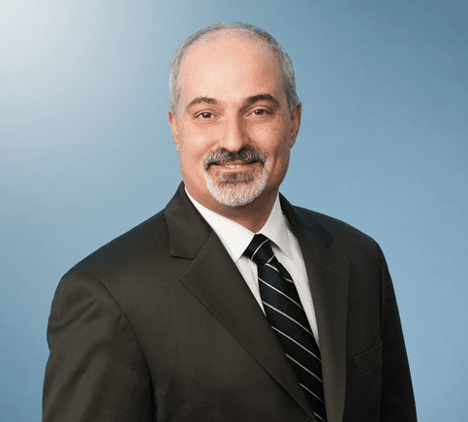News
Dental Benefits in Medicare Advantage: Making a Good Story Great
by Mike Adelberg, NADP Executive Director
3/28/24

While age does not determine a person’s oral health, a correlation exists between advanced age and oral health problems. Over time, there is commonly a thinning of the outer enamel layer of the teeth and a lifetime of previous dental restorations, which generally weaken the teeth. Reduced saliva flow (dry mouth) is a common side effect of many medicines, lessening natural defenses in the mouth and raising the chance of cavities. Bridges, implants and dentures can help an older person eat normally as natural teeth give way, but they come at a cost, both financial and time spent in the dental chair.
Receding gums invite periodontic disease and one in four seniors have it. Tooth root decay increases restoration complexity and potential tooth loss. Periodontic disease increases with age and is associated with many systemic conditions (85% of seniors have one chronic disease, 56 % have two chronic diseases, and 23 % have three). For all people, but especially seniors, seeing a dentist not only helps oral health but overall health.
Medicare is the primary payer of healthcare for most American seniors, but a dental benefit is not part of the program. Some seniors receive dental insurance through retiree benefits and others purchase private plans (which are relatively affordable, often costing under $40 a month). Many states provide low-income seniors with dental coverage through Medicaid. Yet, at this point in time, far and away the leading source of dental coverage for seniors is through Medicare Advantage (MA) plans, which now serve half of the people with Medicare.
Due to the growth of Medicare Advantage in recent years, more seniors have dental coverage today than ever before.
Medicare Advantage benefits have grown richer. According to an analysis from Healthscape Advisors, in 2020, about 75 percent of MA plans offered a preventive dental benefit; more than 90 percent do today. NADP’s in-house research confirms this. Comprehensive dental benefits have risen from about 50 percent to about 85 percent of MA plans in the same time period. Within these two benefit categories, the frequency of coverage has risen for all eleven oral health services reported to the Center for Medicare and Medicaid Services (CMS). For example, coverage of fluoride treatment has risen from 50 to 75 percent in MA plans between 2020 and today.
Deft Research has published research comparing consumer demand for supplemental benefits commonly offered by MA plans and concluded that “Dental is King”; it is more likely than any other supplemental benefit to influence a beneficiary’s decision to switch to or stay with a particular plan. Deft’s research also shows that Medicare beneficiaries want implants covered but that their desire for higher annual maximum benefit levels off at $2,500.
Fortunately, MA plans offering the level of coverage that seniors want are common in the MA market.
Fluent’s (formerly P&R Dental Strategies) dental claims database, derived from over 70 dental plans covering more than 110 million insured Americans, shows that in 2022, MA patients generally received the same number of treatments per patient as working-aged people. However, the mix of services used varied considerably. Older people were more likely to utilize more expensive services like bridges, implants, and dentures. For this reason, the average submitted charges per treatment of a Medicare beneficiary was $205 versus only $172 for the rest of the population. This further underscores the importance of making sure that seniors have dental coverage.
Everyone should see their dental provider for regular cleanings and evaluations—and many do not. This is the case with Medicare beneficiaries, too. As Medicare Advantage plans tend to serve beneficiaries with greater access barriers and lower incomes, getting some people to the dentist is challenging and benefit utilization is lower than ideal. A Medicare beneficiary survey recently conducted by the Commonwealth Fund concluded that less than half of MA enrollees saw the dentist in the last year. A recent study published in JAMA suggested that MA enrollees use dental services at about the same rate as those in original Medicare. These findings are not adjusted for the lower socio-economic profile of the MA population.
CMS recently proposed a regulation that would require MA plans to send midyear notices to MA members who have yet to utilize their supplemental benefits, including dental. NADP supports better engagement with members to use their benefits, but we’re skeptical that a notice will accomplish much. We encourage CMS to review its own research on notice readership, particularly among people with access barriers who are least likely to be using their benefits. Encounter data for supplemental benefits, including dental, may provide further insight in the long run, but only after a long transitional period for data-norming across submitters.
Everybody serving Medicare beneficiaries—MA plans, dental plans, dental providers, community organizations, and the government—can do more to promote oral health. It took significant investment over more than a decade to significantly lower smoking rates and increase seatbelt usage. It will take similar investment and time to increase oral health utilization significantly.
By most measures, MA dental benefits are a good news story—with greater collaboration, it will become a great news story.




